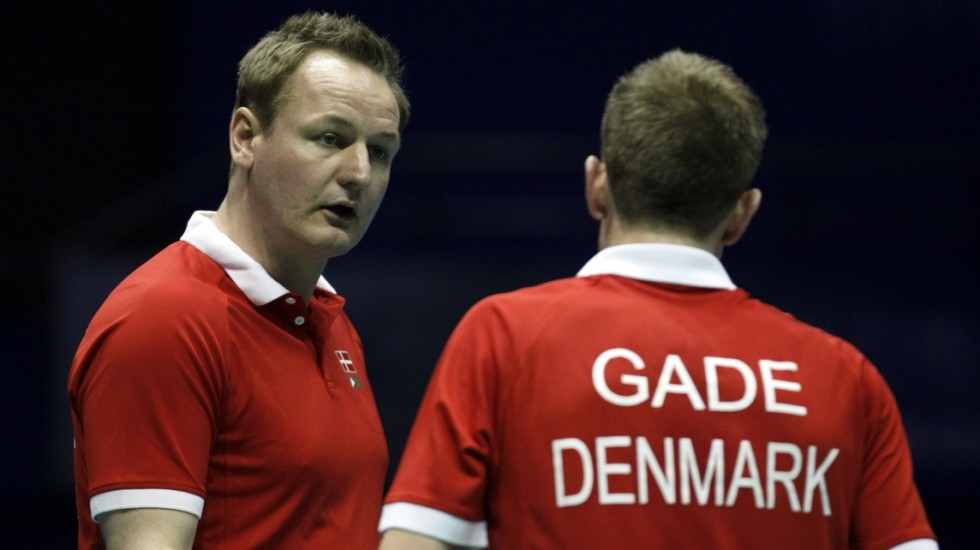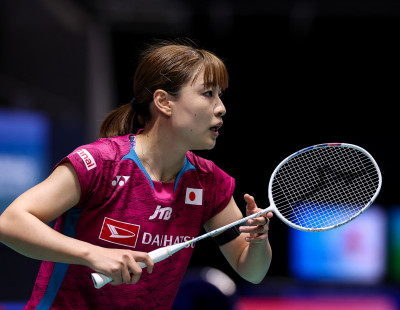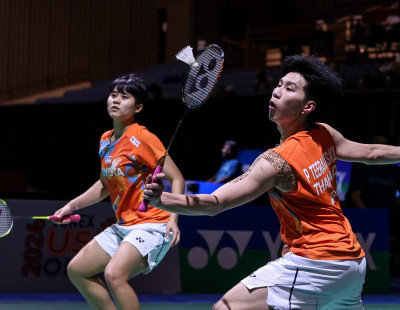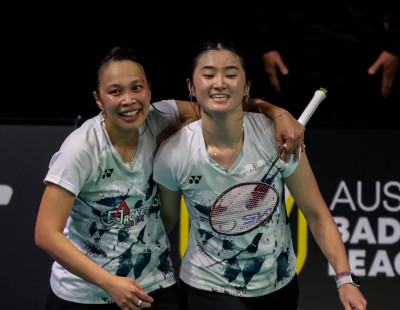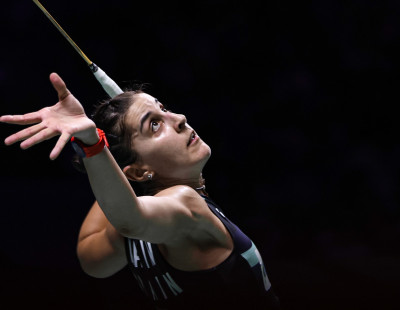During the coming weeks, we will be publishing a series of in-depth feature articles highlighting some of the main talking points from the BWF World Coaching Conference 2019.
The BWF has also provided complete highlights of each guest speaker plus their presentations. Please CLICK HERE to access the full conference schedule and relevant materials.
A classic problem that many attacking players face against purely defence-minded opponents is on cutting down the length of the rally. Danish badminton great Peter Gade was faced with such a problem during a particular phase in his career when he felt he was being bled by opponents who focussed mainly on keeping the rallies going as long as possible.
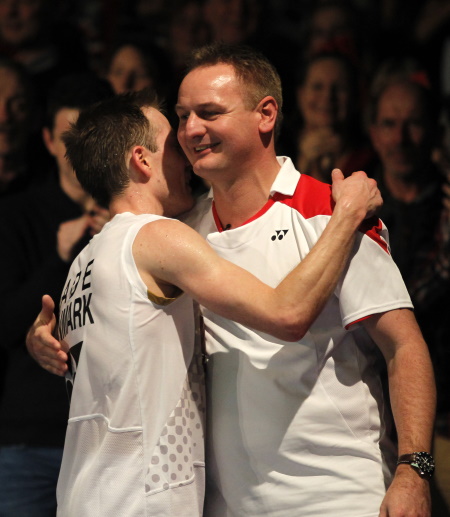 Former Denmark head coach Lars Uhre touched upon this subject during his presentation at the World Coaching Conference in Basel on the sidelines of the TOTAL BWF World Championships 2019. Uhre’s presentations were on tactics for singles players, both male and female, which he demonstrated through on-court routines.
Former Denmark head coach Lars Uhre touched upon this subject during his presentation at the World Coaching Conference in Basel on the sidelines of the TOTAL BWF World Championships 2019. Uhre’s presentations were on tactics for singles players, both male and female, which he demonstrated through on-court routines.
Uhre was among several experts invited to conduct the presentations, which dealt with a range of topics including developments in sports science, tactics, mental preparation, and training in Para badminton.
Uhre introduced his concept of “zone” play, with zone 1 broadly corresponding to a dangerous or uncomfortable situation that a player was in; zone 2 to a steady state where both sides were in balance, and zone 3 to a dominating state, when he could expect to win a rally in the next two or three shots. Uhre’s exercises demonstrated how a player could transition between zones, with the ultimate aim being to consistently achieve a zone 3 state.
Uhre outlined one exercise that he devised with Gade as he was getting frustrated by defensive opponents. The solution was as much mental as it was physical.
“It’s an exercise I developed together with Peter Gade, in a period when he felt that his opponents were just wearing him out, just rallying, rallying, rallying… and he just lost more and more energy, and in the end, he really couldn’t finish off the rallies, so he was just dying slowly, you could say. And that wasn’t a pleasant feeling for either of us.”
Uhre’s exercise started with his player facing two opponents; the rally would be kept in zone 2, that is, with neither side attempting to force a point; after a couple of minutes, one of the two opponents would be taken off court. His player then would have to press for a zone 3 state, to gain ascendancy and win the rally as soon as possible.
Demonstrating this exercise with three Swiss players, Uhre explained:
“We created this exercise, two versus one, we play zone 2 for a certain period of time. The idea here is to play with quality, control and get a little bit tired, and then at some point, I call “out”, and one of the players has to leave. And then we play one versus one, and one player tries to get to zone 3 when he can, not immediately, but when he gets the chance he should try to win it.
“This worked very well for Peter.”
This exercise presented a mental challenge for the player attempting to find a way out of the prolonged rallies. While the player was stretched physically, the exit of one of his opponents presented him with opportunities, enabling him to force the issue. It meant he had to stay alert during a long rally in seeking a quick end to it.
Building on this, Uhre then narrowed its follow-up to the end of a game, with the players starting at 18-all and trying to win the game. There was little point, he said, if you won a long rally, but if the effort cost you the next three.
“I’m pretty convinced that the exercise helped his game and made him more aware of what he should try to do and more confident when he got to these situations in matches where he felt that he was tired and it was going one way. So apart from being recognition and transition training in the zones, it can be mental training, getting used to having the right focus when you’re really really tired.”
At the other end of the spectrum, there was also focus on winning quick points. One exercise involved short exchanges, with the server getting three shots to win a rally and the receiver two. This required the player to be alert from the first shot, and take some risks to cut down the length of the rally.
“In the other exercise, we saw how much we have to work sometimes to win a point. Now we can see that sometimes if we dare to take a risk, we can win some easy points as well. If we have to work one minute for every point, it can be a tough night. If we can win some easy ones by having some different serves, different returns, doing some homework with videos of opponent’s habits, then we can get some shortcuts to winning.”
Videos of the World Coaching Conference can be accessed here.


















